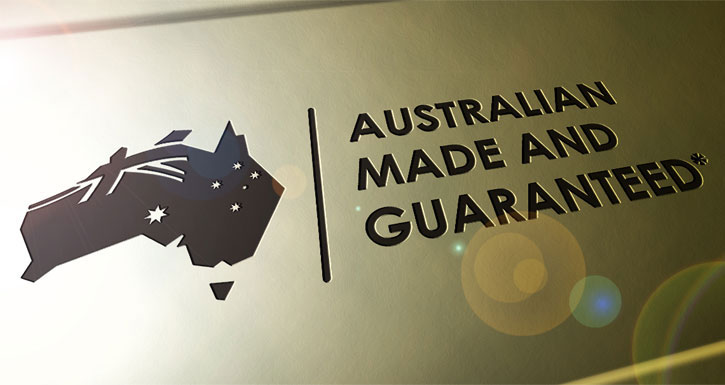Misleading information can take many forms, and country of origin labelling has been a hot topic and kept lawyers busy for some time in Australia. A new system for labelling has been approved by the Australian Government. The plan is for the new labels to start hitting supermarket shelves towards the end of 2015. The changes are related to Australia’s Country of Origin Labeling laws that were enacted in February. This is primarily due to a large number of complaints, regarding contaminated foods reaching the Australian supermarkets. One infamous incident involved berries that were said to contain Hepatitis A, which were brought into the country from China.
Who Will Be Affected?
Any business or manufacturer that sells food needs to be aware of the new labelling requirements. This includes any products that contain food, and not just fresh foods. Australian citizens were found, thanks to a survey, to be unaware of what “Made in Australia” actually meant. The new regulations are intended to eliminate this type of confusion. In the future, businesses will be required to specify which parts of a product are actually Australian.
When Will the Changes Take Place?
It’s expected that the new laws will be enforced in 2016, once State Governments are in agreement with the changes. For now, the Federal Government is hoping that companies will start to adopt the new labels voluntarily, by the end of 2015.
Reasons for the New Laws
These new country of origin labelling laws were created to help consumers understand exactly where their food is coming from. The origin of food products is considered a primary factor for helping consumers decide what to buy. It is also a way for businesses to stand out from the crowd, and justify asking for premium prices. They are of course there to keep businesses honest, instead of attempting to mislead Australian consumers. After all, people are often willing to pay extra for food that they know was produced in Australia. The problem has been the ambiguity in the labelling system. And hopefully these new regulations will put a stop to that problem.
What Labels Will Look Like
The new labels are going to be similar to the well-known green-and-gold ones. They are currently triangular stickers, featuring an illustration of a kangaroo. A scale will be added, with a percentage that shows how much of the product is in fact made from Australian ingredients. It is important to note that there will be no requirements to show which parts come from where. This should take the pressure off producers and manufacturers to list every tiny detail.
As for products that are made from 100 percent Australian ingredients, they will be be given their own special label. When a product is only packaged in Australia, it will need to be labelled accordingly. This will help to avoid confusion between items that are actually imported, but presented as “Australian” products. The country of origin will also need to be written on these labels, so consumers can identify where their food is coming from.


